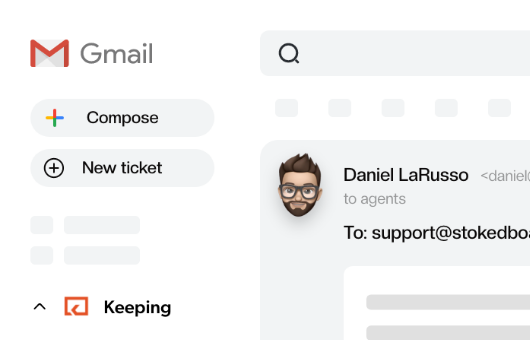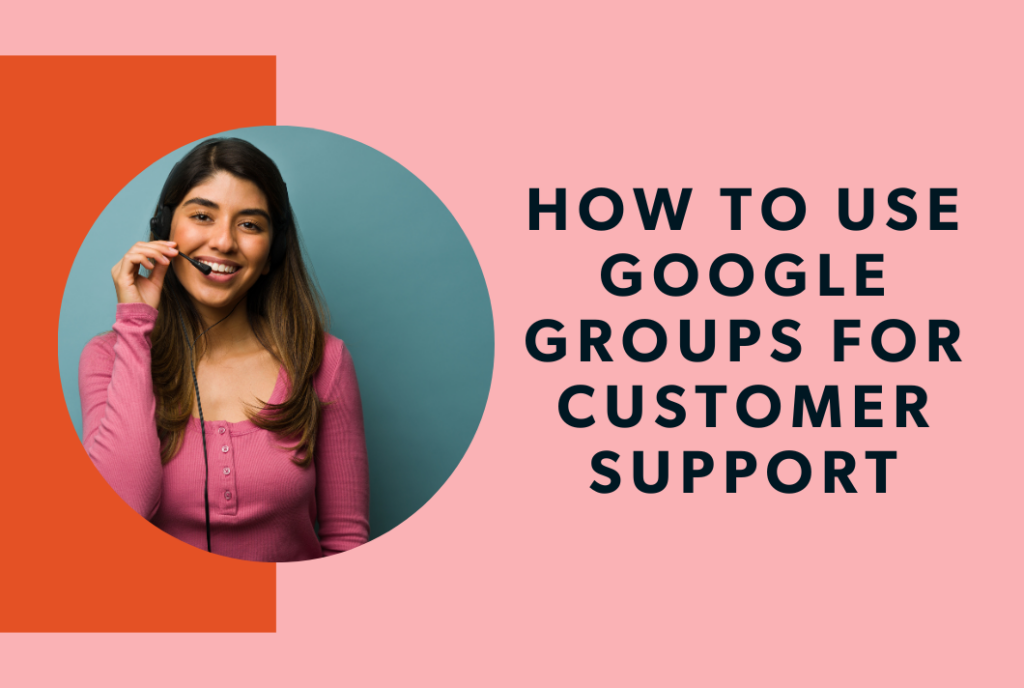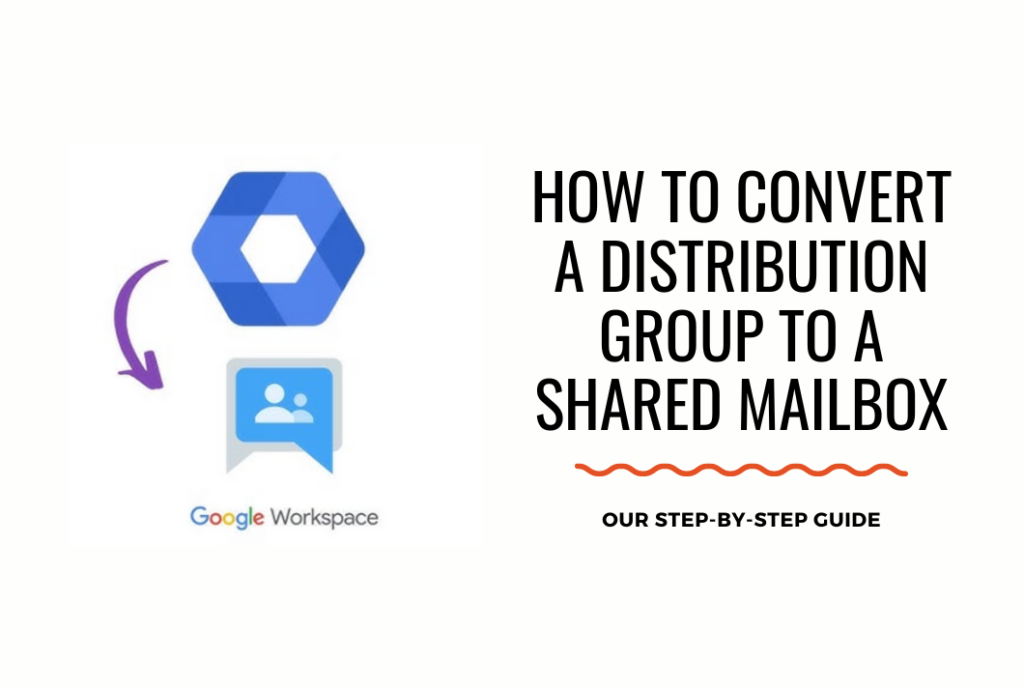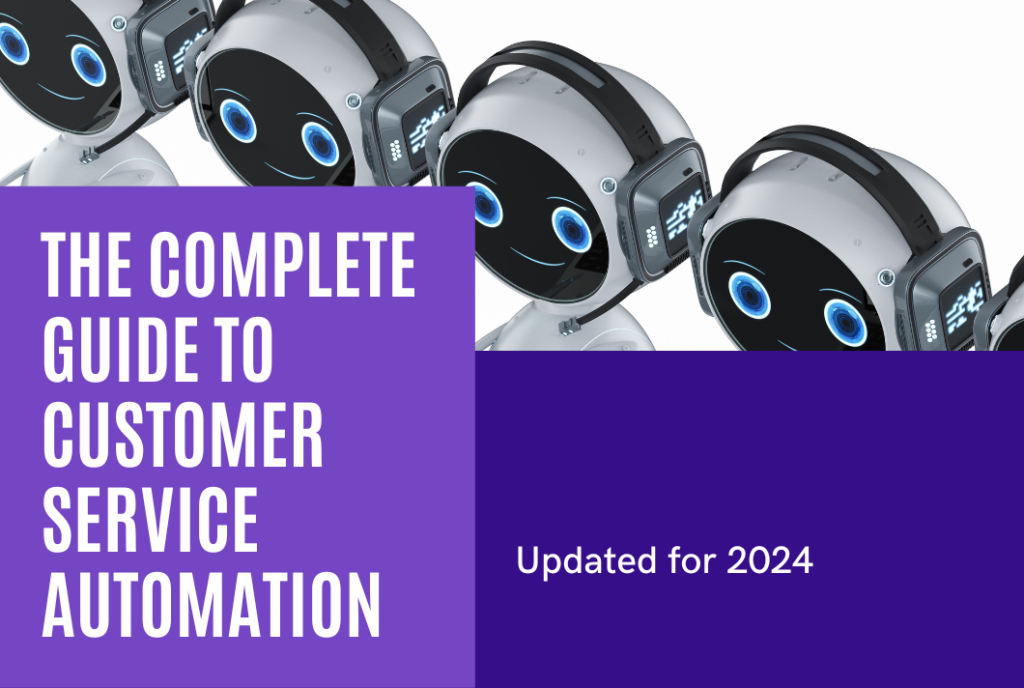
Upselling: 9 Things You Need to Know
If you are selling a product or service to other companies, keep an eye on your customers' business to know when to offer an upsell. Look for signs like unprompted customer referrals or high net promoter scores to know when it's time to offer an upsell.
The difference between upselling and cross-selling
There’s a difference between upselling and cross-selling. Up-selling is a technique used by salespeople to encourage a customer to spend more by purchasing a premium or upgraded version of the product they’re already interested in purchasing. In contrast, cross-selling is when the salesperson suggests the customer purchase a related service or product. Let’s talk about upselling.
Upselling
Many companies focus their marketing efforts on attracting new customers, when in fact there’s an even bigger opportunity right in front of them, and that is to provide their existing customers with a top customer experience by up-selling to them.
When upselling is used correctly, it not only brings in more revenue, it can actually bring you closer to your customers. Research shows that there’s a 5% to 20% probability of selling to a new prospect, whereas there’s a 60% to 70% probability of selling to an existing customer. You can see that there’s a huge gap between these figures, which shouldn’t really be surprising because, as customers, don’t we really prefer to purchase from a business we’re already familiar with, a business we trust, rather than one we’ve never done business with before?
Research shows that there’s a 5% to 20% probability of selling to a new prospect, whereas there’s a 60% to 70% probability of selling to an existing customer.
Upselling, when done correctly, is not a negative thing. When a customer feels that an upsell helps them win, this selling technique can result in a win-win situation for both parties. Unfortunately, it does happen that unscrupulous salespeople try to make money by selling people things they don’t need; but, when handled correctly, upselling can make for very happy customers.
So how do you know when your customer is ready for an upsell? Below we’ve listed the most obvious indicators that your customer may be ready for an upsell.
1. The Customer Already Loves Your Product
The perfect time to push for another commitment from a customer is when they’re already happy with your service or product. Your customer may not initially indicate that they’re ready to commit to an improved package, but once you realize they’re already achieving success with your product they’re more likely to be open to discussing your improved and upgraded version. You already have a satisfied customer and the customer knows your product works because they’re already realizing a return on their investment, so you now have everything you need to leverage a bigger deal.
2. Their Business Is on the Move!
If you’re aware that your customer’s business is gearing up for a strategic shift, then you need to be there. Perhaps they’re on the verge of introducing a new product line or simply shifting gears, either way you can now be of service to your customer. We’ll assume you already have a good relationship with this customer, so because they already know and trust you, it stands to reason that they’ll want to go to the next level with you when it comes to providing a product or service that will help them in their new endeavor.
3. Know Your Customer and Know Their Priorities
At any given time, businesses are facing many challenges and they often have more than one competing project. These projects need to be prioritized, which means that once your product has solved an existing challenge, your customer is free to move on to other issues. Make yourself familiar with your customer’s business, and while your focus must be on the actual product of interest to your customer, take the time to learn about your customer’s other projects. Now that you have a broader context of their business, continue to check in on this customer from time to time to determine if you can assist with any of their other priorities.
4. Your Customer Has Referred New Business to You
Your customer is obviously very happy with both your customer service and your product if they continue sending new prospects and leads your way. Let’s face it, they’re highly unlikely to risk their reputation by referring others to you if they themselves are not entirely satisfied. When this happens, be sure to reach out to your customer and acknowledge and thank them for the referral. Now you have the perfect opportunity to inquire about their business, to ask how things are going, and to enquire if there’s anything you can do to be of assistance.
5. Your Customer’s Business Is Growing
Take notice if you hear that your customer is growing their business. Whether they’re hiring new people, adding new departments, moving to larger premises or simply expanding their existing offices, this growth is an opportunity for you to step in and provide excellent customer service. Whatever this business is doing, it’s working, and perhaps it’s directly or indirectly related to your product. A company’s growth indicates an investment into the future. It also indicates they may be ready to invest cash into new products and/or services. As the business continues to grow their needs will also continue to grow, so make sure you’re there to help your customer prosper by offering your very best service.
Join 150+ teams that are sharing inboxes with us
The easiest way to upgrade your shared Gmail account. There’s no credit card is required.






